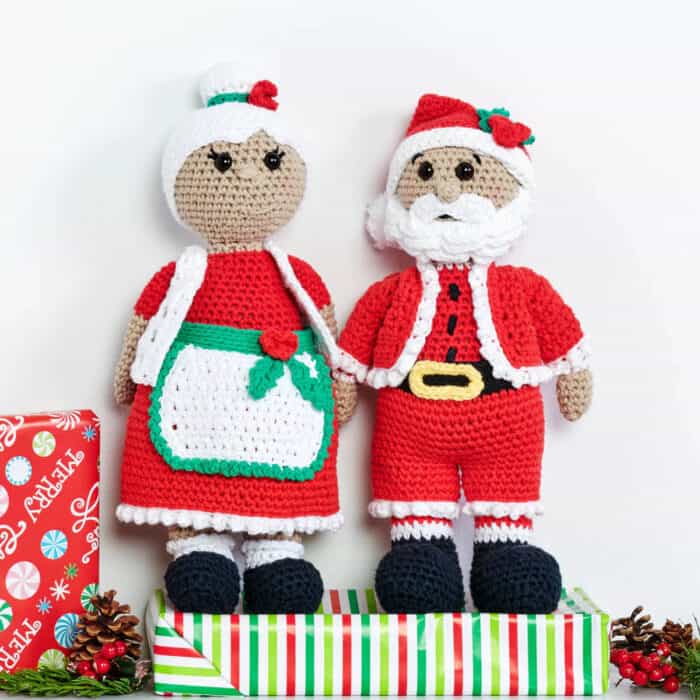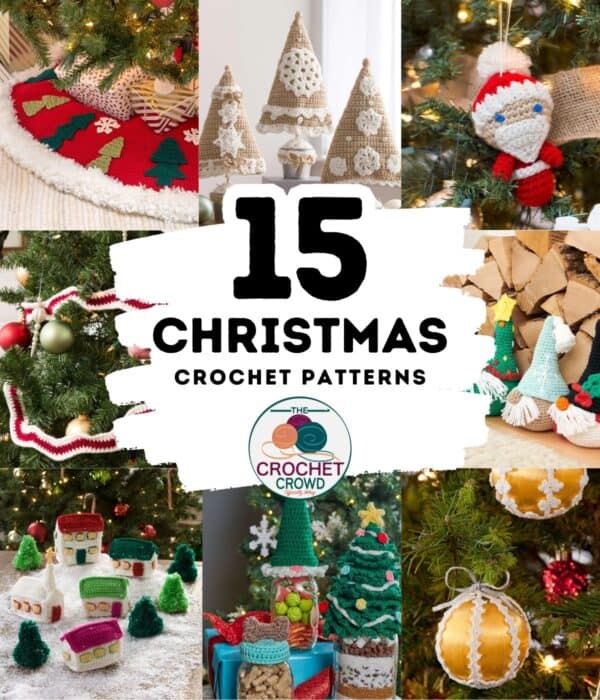Holiday stockings are a fun way to decorate for the holidays and use them for gifts. Pick from any of the fun 15 holiday pattern choices. There are knit and crochet options and their all so pretty, the hardest part will be deciding which one you want to work up.

.
.
Below, we have an elf, Santa and reindeer tissue box cover to try.

Karen Armstrong says
grid
Mikey says
THanks